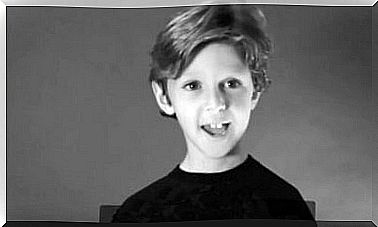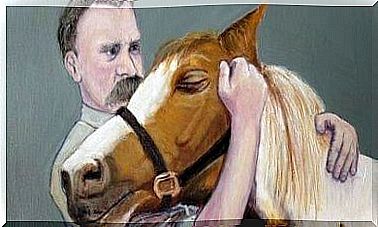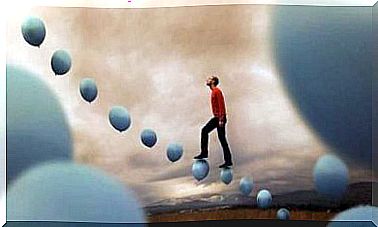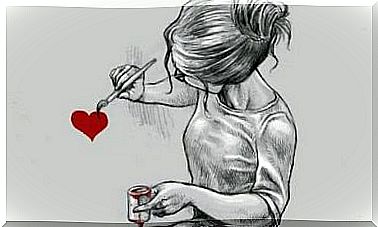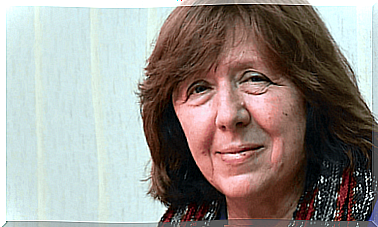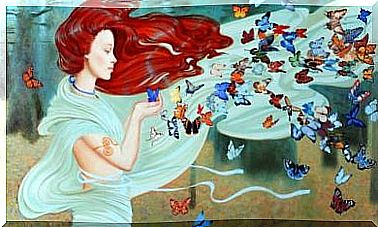What Torments Does The Happiest Man In The World Experience?
Matthieu Ricard is a Tibetan Buddhist monk. He is involved in research into the effects of mental training on our brains. This research is being conducted by the Universities of Wisconsin-Madison, Princeton, and Berkeley. The study thus examines the brain of the happiest man in the world.
Scientists at the University of Wisconsin claimed that Matthieu is the happiest man in the world (or at least the happiest of all the people who took part in the study). During a twelve-year study, they analyzed the activity of his brain. The research focused on some key factors such as meditation and compassion.
They studied his brain using various techniques and a number of devices. One such tool was functional nuclear magnetic resonance imaging (fMRI). They found a lot of activity in his left prefrontal lobe. We connect this part of the brain with positive emotions.
In 2004, the National Academy of Sciences published the results. They have been such a big influence that they are the fifth most consulted scientific reference of all time.
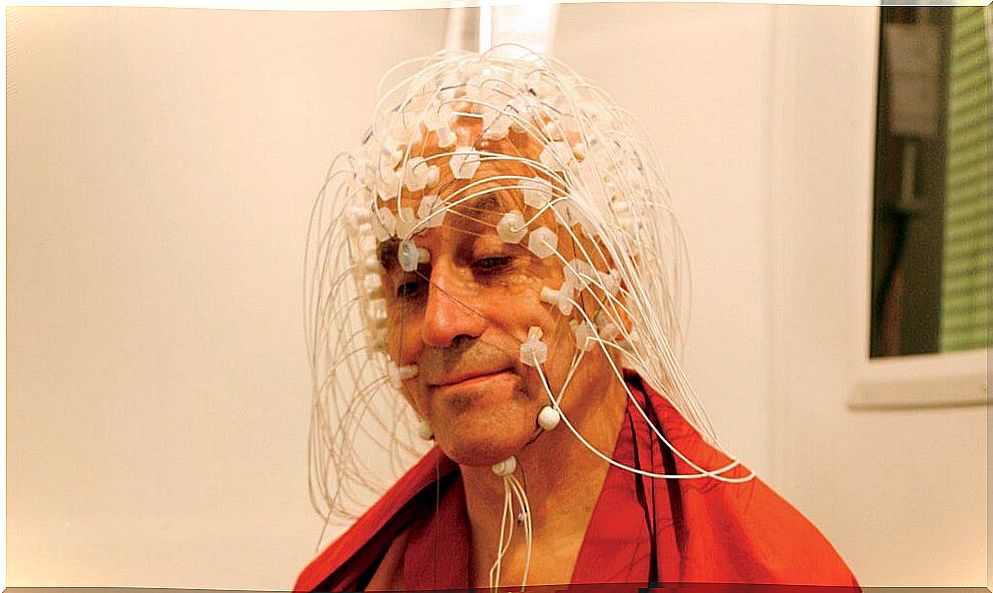
According to the happiest man in the world, we destroy happiness by making comparisons
The happiest man in the world talks about how we keep comparing ourselves to others. According to him, it is precisely this habit that destroys happiness. This monk has also said that he does not agree with the “title” of happiest man in the world they have given him. He called it “absurd.”
So neuroscience has revealed what makes the happiest man in the world unhappy: equations. They believe that we see only a small part of other people’s lives when we compare ourselves to them. Because when we compare ourselves to other people, we only focus on the good or the obvious aspects. Basically, we’re ignoring the part of the iceberg that’s under the water.
When you see someone who is successful, you usually think that person was lucky. You then assume that they happened to be in the right place at the right time. But you rarely see the full process and all the sacrifices they had to make.
So you only see the result. But you don’t see the hard parts. In fact, you usually see very little of the hard times someone has gone through. And that is why you start to feel inferior and dissatisfied when you compare yourself to others.
Happiness comes with age
Andrew Oswald has done research at the University of Warwick. He has evaluated more than five hundred thousand people across Europe and the Americas. They have established that happiness comes with age. It is actually this study that started the University of Wisconsin research. They have discovered the happiest man in the world.
The onset of adulthood can bring optimism and joy. But then things gradually get more complicated. When we turn forty years old, we experience a crisis. Certain studies by some US institutions have collected data on this. This is the case, for example, in a study conducted by the General Social Survey in the United States. The unhappiest people are usually between forty and fifty years old. The happiest people are over 70 years old.
Moreover, it has little to do with income or health. Layard has shown that once you have an annual income of $15,000 (or equivalent purchasing power), an increase in a country’s GDP has no bearing on its level of well-being. According to Layard, Americans are (on average) richer than the Danes. But they are not happier.
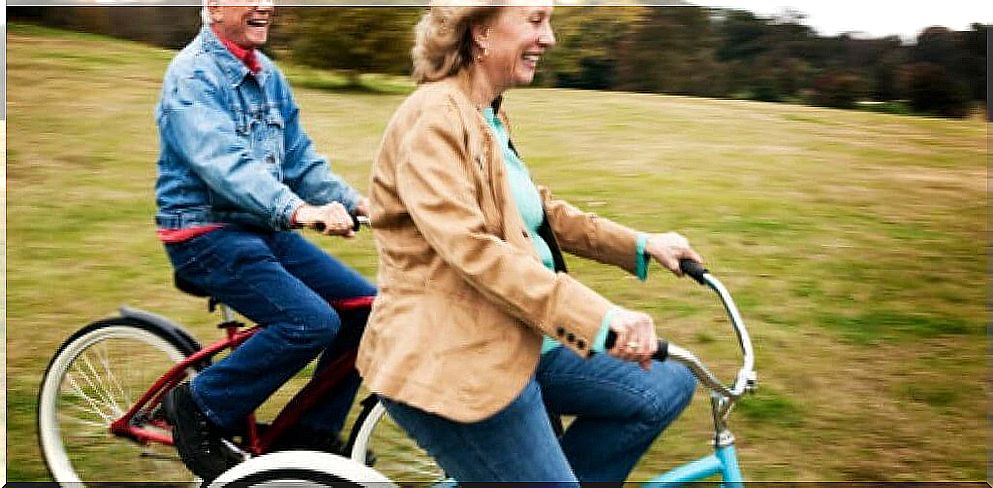
So we’ve already talked about the age variable. But in addition, daily meditation also contributes to happiness. At least that’s what science says. Because the research on meditation and compassion has revealed that twenty minutes of meditation every day is enough to increase your sense of well-being.
While people meditated, the images showed great activity in the left prefrontal lobe, more than in the right. And this means that the meditation helped people to be happier.

